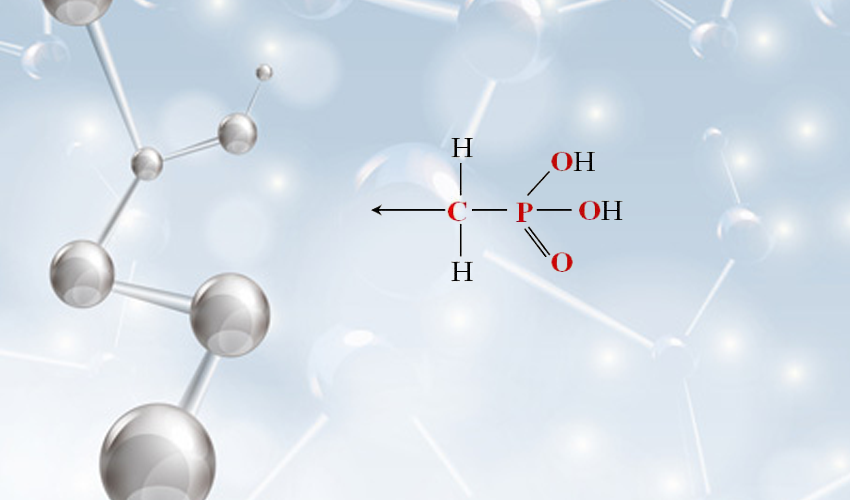polyaluminium chloride water treatment
Polyaluminium chloride (PAC) has emerged as a prominent coagulant in water treatment processes. It is a versatile chemical widely used due to its effectiveness in purifying water by removing suspended solids and colloidal particles. As an inorganic polymer, PAC has distinct advantages over traditional coagulants like aluminum sulfate, making it a popular choice for municipalities and industrial water treatment facilities.
Polyaluminium chloride (PAC) has emerged as a prominent coagulant in water treatment processes. It is a versatile chemical widely used due to its effectiveness in purifying water by removing suspended solids and colloidal particles. As an inorganic polymer, PAC has distinct advantages over traditional coagulants like aluminum sulfate, making it a popular choice for municipalities and industrial water treatment facilities.
One of the key benefits of using PAC in water treatment is its ability to perform effectively across a wide pH range. This flexibility makes PAC a suitable option for treating water in various conditions, whether in acidic or alkaline environments. Additionally, PAC is known for its lower dosage requirements compared to aluminum sulfate, resulting in reduced chemical costs and minimized sludge generation. This aspect is particularly important in modern water treatment facilities that aim to be environmentally friendly and economically sustainable.
polyaluminium chloride water treatment

In the context of drinking water treatment, the safety and effectiveness of PAC have been thoroughly evaluated. It can effectively remove microorganisms, organic matter, and heavy metals from water, ensuring that the treated water meets health and safety standards. Furthermore, PAC has been shown to minimize the formation of harmful disinfection by-products when chlorination is employed after treatment, which is a crucial consideration in maintaining water quality.
Another significant advantage of using PAC in water treatment is its performance in the removal of turbidity caused by algae blooms or sediment. This is particularly relevant in regions prone to changes in weather and water conditions, where traditional coagulants may struggle. PAC’s ability to adapt to varying water qualities enhances the overall efficiency of water treatment processes.
In summary, polyaluminium chloride is a highly effective coagulant in water treatment, offering numerous benefits such as improved coagulation efficiency, lower dosage requirements, and versatility across different pH levels. As water treatment facilities continue to seek more effective and sustainable solutions, PAC is likely to remain a key player in ensuring clean and safe water for both industrial and municipal uses. Its contributions to environmental sustainability and public health make it a vital component of modern water treatment strategies.
-
Water Treatment with Flocculant Water TreatmentNewsJun.12,2025
-
Polymaleic AnhydrideNewsJun.12,2025
-
Polyaspartic AcidNewsJun.12,2025
-
Enhance Industrial Processes with IsothiazolinonesNewsJun.12,2025
-
Enhance Industrial Processes with PBTCA SolutionsNewsJun.12,2025
-
Dodecyldimethylbenzylammonium Chloride SolutionsNewsJun.12,2025





